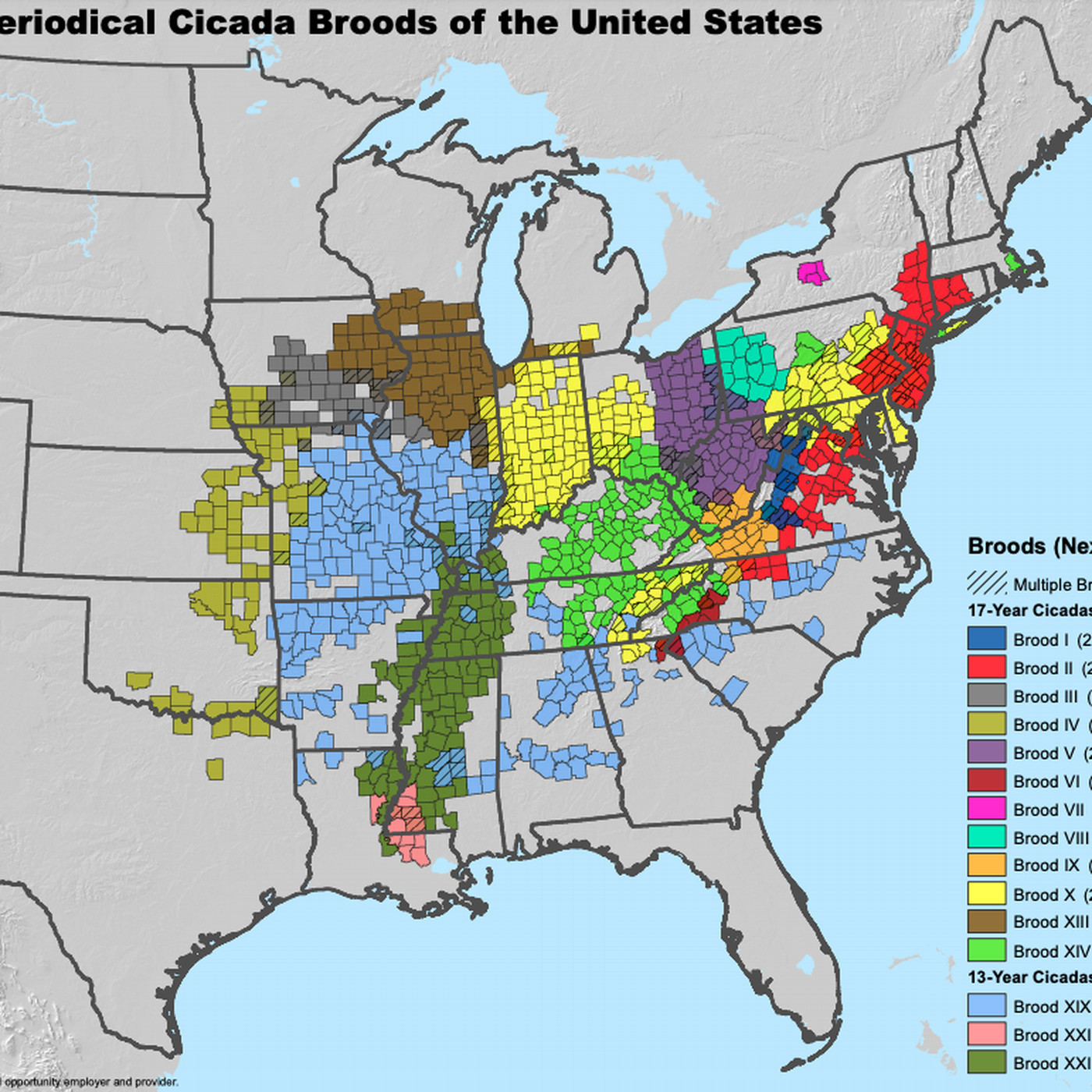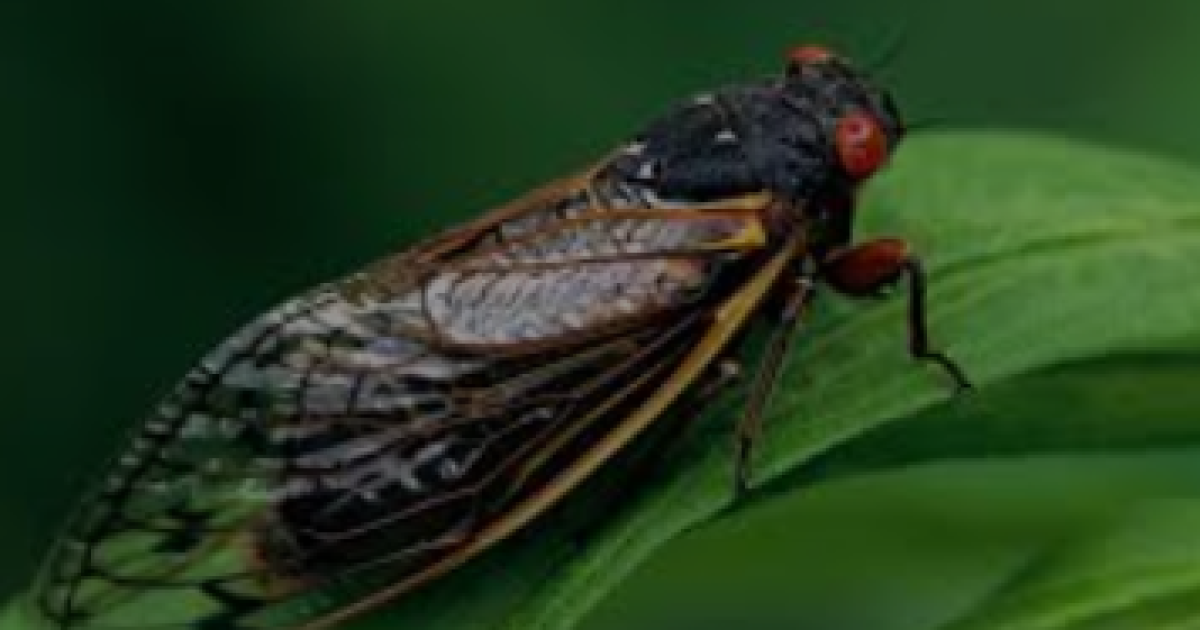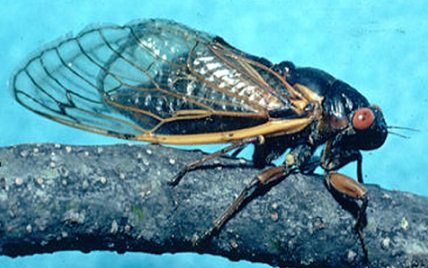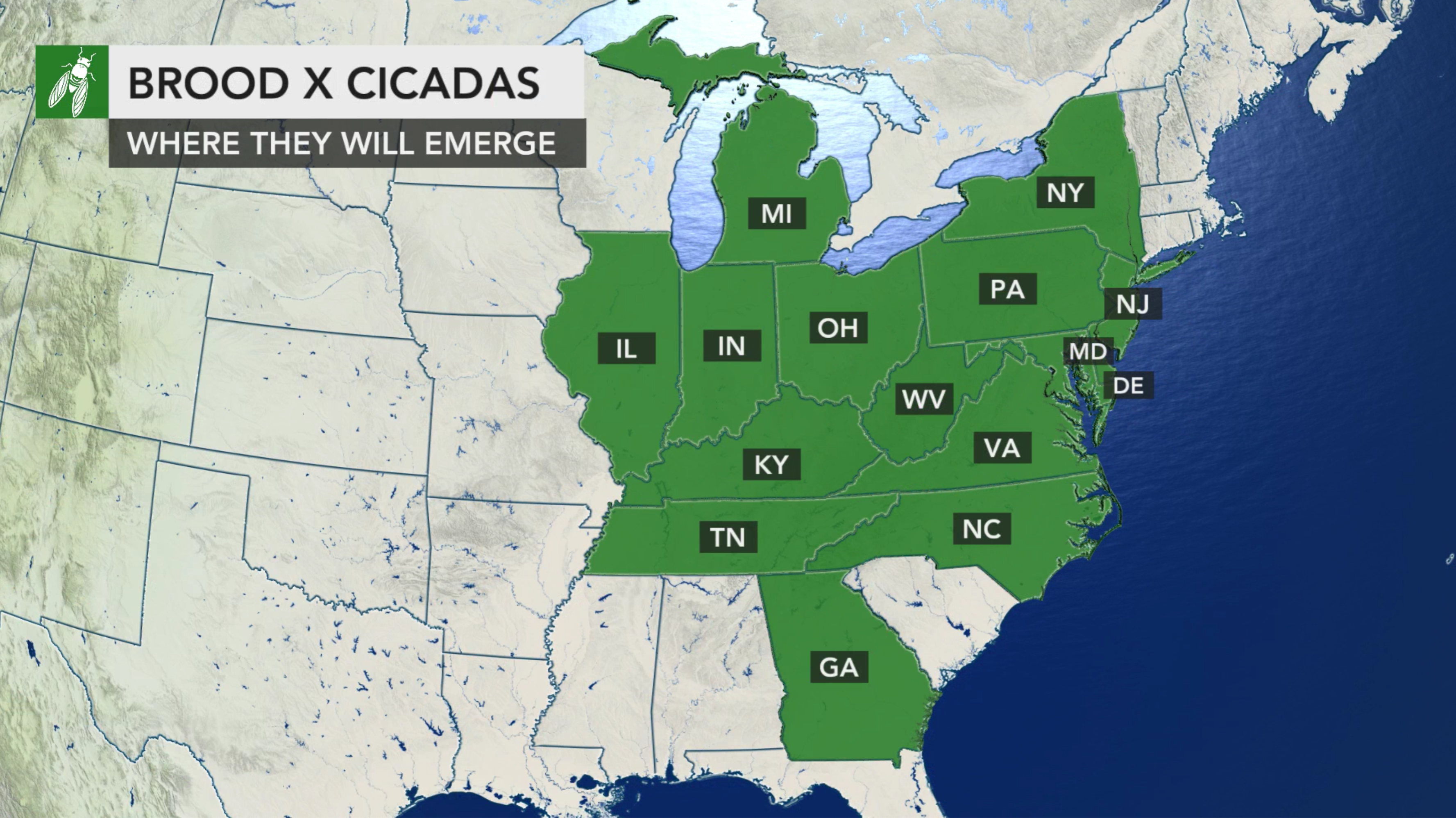Colleges
- AAC
- ACC
- Big 12
- Big East
- Big Ten
- Pac-12
- SEC
- Atlantic 10
- Conference USA
- Independents
- Junior College
- Mountain West
- Sun Belt
- MAC
- More
- Navy
- UAB
- Tulsa
- UTSA
- Charlotte
- Florida Atlantic
- Temple
- Rice
- East Carolina
- USF
- SMU
- North Texas
- Tulane
- Memphis
- Miami
- Louisville
- Virginia
- Syracuse
- Wake Forest
- Duke
- Boston College
- Virginia Tech
- Georgia Tech
- Pittsburgh
- North Carolina
- North Carolina State
- Clemson
- Florida State
- Cincinnati
- BYU
- Houston
- Iowa State
- Kansas State
- Kansas
- Texas
- Oklahoma State
- TCU
- Texas Tech
- Baylor
- Oklahoma
- UCF
- West Virginia
- Wisconsin
- Penn State
- Ohio State
- Purdue
- Minnesota
- Iowa
- Nebraska
- Illinois
- Indiana
- Rutgers
- Michigan State
- Maryland
- Michigan
- Northwestern
- Arizona State
- Oregon State
- UCLA
- Colorado
- Stanford
- Oregon
- Arizona
- California
- Washington
- USC
- Utah
- Washington State
- Texas A&M
- Auburn
- Mississippi State
- Kentucky
- South Carolina
- Arkansas
- Florida
- Missouri
- Ole Miss
- Alabama
- LSU
- Georgia
- Vanderbilt
- Tennessee
- Louisiana Tech
- New Mexico State
- Middle Tennessee
- Western Kentucky
- UTEP
- Florida International University
High School
- West
- Midwest
- Northeast
- Southeast
- Other
- Alaska
- Arizona
- California
- Colorado
- Nevada
- New Mexico
- Northern California
- Oregon
- Southern California Preps
- Washington
- Edgy Tim
- Indiana
- Kansas
- Nebraska
- Iowa
- Michigan
- Minnesota
- Missouri
- Oklahoma Varsity
- Texas Basketball
- Texas
- Wisconsin
- Delaware
- Maryland
- New Jersey Basketball
- New Jersey
- New York City Basketball
- Ohio
- Pennsylvania
- Greater Cincinnati
- Virginia
- West Virginia Preps
ADVERTISEMENT
Install the app
How to install the app on iOS
Follow along with the video below to see how to install our site as a web app on your home screen.
Note: This feature may not be available in some browsers.
You are using an out of date browser. It may not display this or other websites correctly.
You should upgrade or use an alternative browser.
You should upgrade or use an alternative browser.
Trillions of cicadas will emerge from 15 U.S. states after 17 years underground
- Thread starter Morrison71
- Start date
Underground for 17 years for a life of how long?
Only a few weeks depending on how soon they meet a bird or a car.
When I was about five years old we had a big cicada year in Jacksonville. I started collecting the golden shells. At first I had a shoebox full. Then it became a grocery bag. Then I was filling up empty flower pots and dad's beer cooler with them. My parents loved that I had an interest in nature, so they couldn't bring themselves to tell me to stop it.
I wonder what the evolutionary advantage is to spending 17 years underground before emerging to mate and die.
Why 17 years?
I know that other cicada species have different year cycles, but what is the advantage to hiding underground for a number of years before maturing? Why are cycles more than one season (like most bugs) advantageous?
Why 17 years?
I know that other cicada species have different year cycles, but what is the advantage to hiding underground for a number of years before maturing? Why are cycles more than one season (like most bugs) advantageous?
Good question.I wonder what the evolutionary advantage is to spending 17 years underground before emerging to mate and die.
Why 17 years?
Sounds like the potential for trillions of cases of statutory rape amongst these insects, depending on the state where they mate.
It's highly unlikely that any are ever charged.
It's the Matt Gaetz broodWhy 17 years?
When I was about five years old we had a big cicada year in Jacksonville. I started collecting the golden shells. At first I had a shoebox full. Then it became a grocery bag. Then I was filling up empty flower pots and dad's beer cooler with them. My parents loved that I had an interest in nature, so they couldn't bring themselves to tell me to stop it.

I had a mock battle with them on my kitchen counter.
Cool, a plague followed by locusts,.. what's next?
A locust is a grasshopper.
I bet a few posters on this board got a sweatpants stiffy in their mom's basement when they (mis)read "cicada nymphos" instead of "cicada nymphs".
Not me of course... I would NEVER do such a thing.
Not me of course... I would NEVER do such a thing.
RIP in peace Indiana...

Weird. We have them here in Houston but according to that map we don't? Or am I not understanding this map...?
A locust is a grasshopper.
Thanks Cliffy...
Weird. We have them here in Houston but according to that map we don't? Or am I not understanding this map...?
According to the Texas Entomology, there are more than 40 species of locusts also called cicadas that call Texas home. ... "We do have some other cicada species, but they are not the 13- or 17-year cicadas."
A locust is a grasshopper.
According to the Texas Entomology, there are more than 40 species of locusts also called cicadas that call Texas home. ... "We do have some other cicada species, but they are not the 13- or 17-year cicadas."

Brood X cicadas will swarm several states from the beginning of April until May.
This emergence will not be happening in the Coastal Bend until 2032.
A
anon_p5xhdxl4apz5n
Guest
There a lot of cicada broods, some are 17 year and some are 13 year. this year is Brood 10 a 17 year cicada and the dreaded Brood 13 will arrive in 2024.
According to the Texas Entomology, there are more than 40 species of locusts also called cicadas that call Texas home. ... "We do have some other cicada species, but they are not the 13- or 17-year cicadas."

Brood X cicadas will swarm several states from the beginning of April until May.
This emergence will not be happening in the Coastal Bend until 2032.www.kristv.com
Word. I will have to text my homeboy who is the director of mosquito control for Harris Co. He has a degree in entomology from TAMU.
https://en.wikipedia.org/wiki/Locust
EDIT: I just texted him. Let's see what he says.
EDIT 2: His response is "In Texas we call cicadas locusts but traditionally locusts are what everyone calls grasshoppers. Plagues of locusts are grasshoppers"
- Sep 13, 2002
- 93,981
- 189,984
- 113
When I was about five years old we had a big cicada year in Jacksonville. I started collecting the golden shells. At first I had a shoebox full. Then it became a grocery bag. Then I was filling up empty flower pots and dad's beer cooler with them. My parents loved that I had an interest in nature, so they couldn't bring themselves to tell me to stop it.
When I was about five years old we had a big cicada year in Jacksonville. I started collecting the golden shells. At first I had a shoebox full. Then it became a grocery bag. Then I was filling up empty flower pots and dad's beer cooler with them. My parents loved that I had an interest in nature, so they couldn't bring themselves to tell me to stop it.

This is a life goal for my 5-year old. He has a little bucket for collecting cicada skins.
I guess cicadas hate South Carolina just like everybody else.
Have any HROT posters experienced swarms of cicadas? I was just reading an article in the Chicago Tribune about the bugs emerging in Kickapoo State Park, which is by Danville. The story described a sheen to the sun dappled light filtering through the trees... Bug pee. I've been camping in that park, and I would pack up and head straight back home if the air was literally moist with cicada pee.
It's not the year for our periodic broods, we'll only get the annual ones:Nothing to report here in eastern Iowa.
Iowans will see a limited emergence in 2024, but the next widespread emergence in Iowa will not be until 2031. In addition to Indiana, the 17-year cicada will emerge in Ohio, Kentucky, Tennessee, Pennsylvania and some coastal states. A detailed map is available online, and the insect will only appear in forests that have been undisturbed for centuries.

Periodical Cicadas Will Emerge This Year, but Not in Iowa
The 17-year cicada will make its appearance in Ohio, Kentucky, Tennessee and some eastern states, according to an entomologist with Iowa State University Extension and Outreach.
Awesome. Thanks!It's not the year for our periodic broods, we'll only get the annual ones:
Iowans will see a limited emergence in 2024, but the next widespread emergence in Iowa will not be until 2031. In addition to Indiana, the 17-year cicada will emerge in Ohio, Kentucky, Tennessee, Pennsylvania and some coastal states. A detailed map is available online, and the insect will only appear in forests that have been undisturbed for centuries.

Periodical Cicadas Will Emerge This Year, but Not in Iowa
The 17-year cicada will make its appearance in Ohio, Kentucky, Tennessee and some eastern states, according to an entomologist with Iowa State University Extension and Outreach.www.extension.iastate.edu
Similar threads
- Replies
- 29
- Views
- 450
- Replies
- 24
- Views
- 292
- Replies
- 0
- Views
- 46
- Replies
- 2
- Views
- 83
ADVERTISEMENT
ADVERTISEMENT



